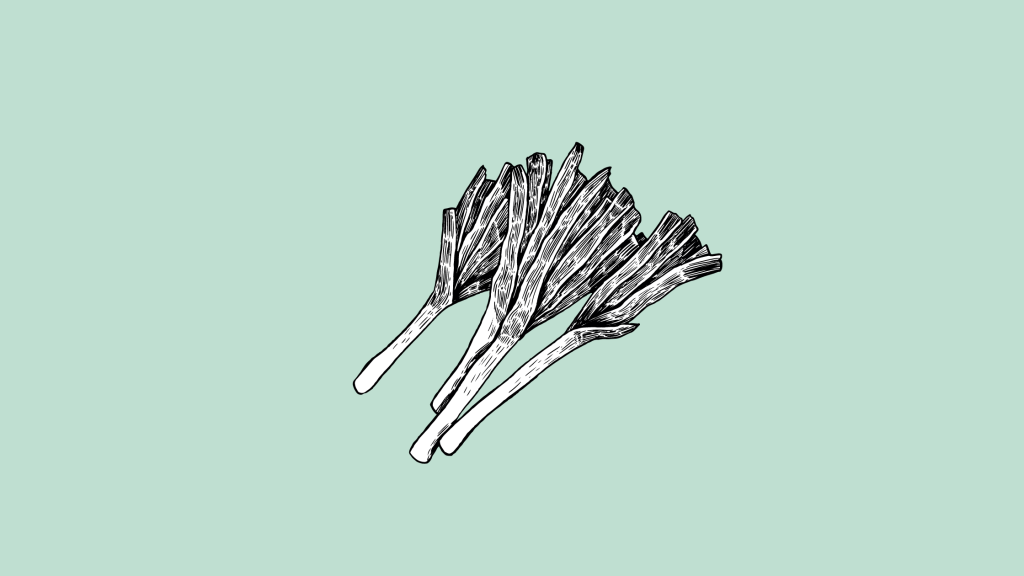Wild leek, also known as ramps or Allium tricoccum, is a type of wild onion that grows in North America. It is highly valued for its strong flavor and is often foraged for culinary use.
What is another name for wild leeks?
Another common name for wild leeks is “ramps.” The name “ramps” is particularly popular in the Appalachian region of North America.
In some areas, the terms “wild leeks” and “ramps” are used interchangeably, while in other regions, “ramps” is the more commonly recognized name for this wild onion species.
Is wild leek edible?
Yes, the entire plant, including the leaves, bulbs, and bulbs’ sheaths, is edible.
What Are You Foraging For Right Now?
We're thrilled to hear your ideas. What would you like to submit today? Feel free to share your thoughts and experiences with us.
Wild leeks can be eaten both raw and cooked.
What do wild leeks look like?
Wild leeks have distinct characteristics that make them relatively easy to identify.
Leaves:
- The green leaves of wild leeks are broad, flat, and lance-shaped. They resemble lily-of-the-valley leaves but are larger.
- Each leaf emerges individually from the ground and typically measures 1 to 2 inches (2.5 to 5 cm) in width and 4 to 12 inches (10 to 30 cm) in length.
- The leaves are rich green in color and have a smooth texture.
Bulbs and Bulb Sheaths:
- The edible part of wild leeks includes the bulb and the lower part of the leaf sheath.
- The bulb is small and elongated, resembling a miniature onion or garlic bulb. It is usually white with a pink or purplish tint.
- The bulb is connected to the base of the leaf sheath, which surrounds and protects the bulb.
Flowering Stalk:
- As wild leeks mature, they send up a flowering stalk that can reach up to 12 to 18 inches (30 to 45 cm) in height.
- The flowering stalk produces small white flowers in umbrella-like clusters at the top. The flowers have six petals.
Bloom Time:
- Wild leeks usually start to produce their flowering stalks and bloom from late April to early June.
Fragrance:
- One of the most distinctive characteristics of wild leeks is their strong onion-garlic aroma. The scent becomes more pronounced when the leaves are crushed.
Habitat and Growing Conditions:
- Wild leeks typically grow in deciduous forests, particularly in areas with rich, moist soil and dappled sunlight.
- They often appear in early spring, before the forest canopy fully develops, taking advantage of the available sunlight.
Foraging Note:
- Wild leeks can resemble other plants, such as Lily-of-the-Valley (Convallaria majalis) and Lily (Lilium species). It’s important to be confident in your identification before harvesting, as some look-alike plants can be toxic.
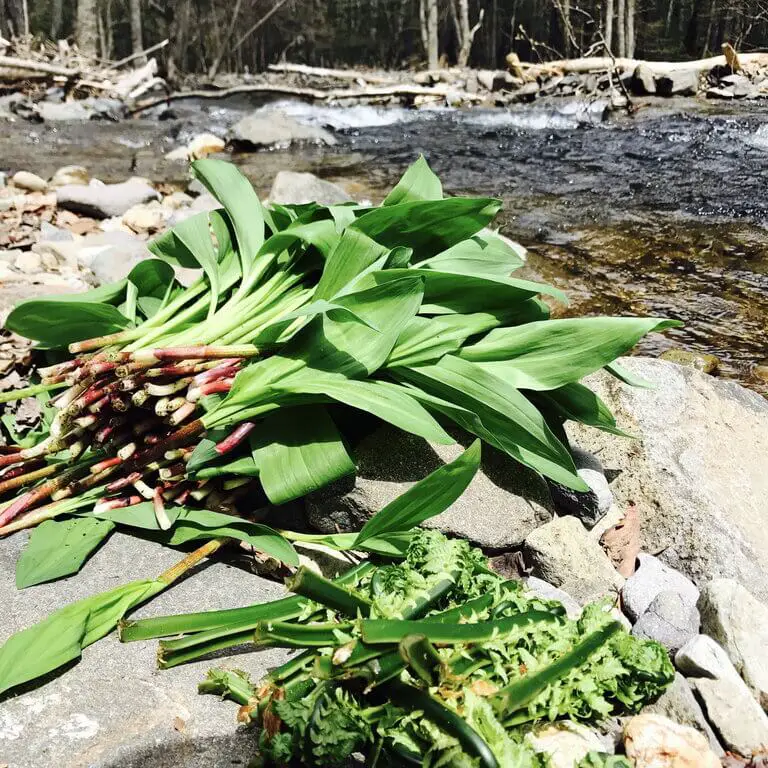
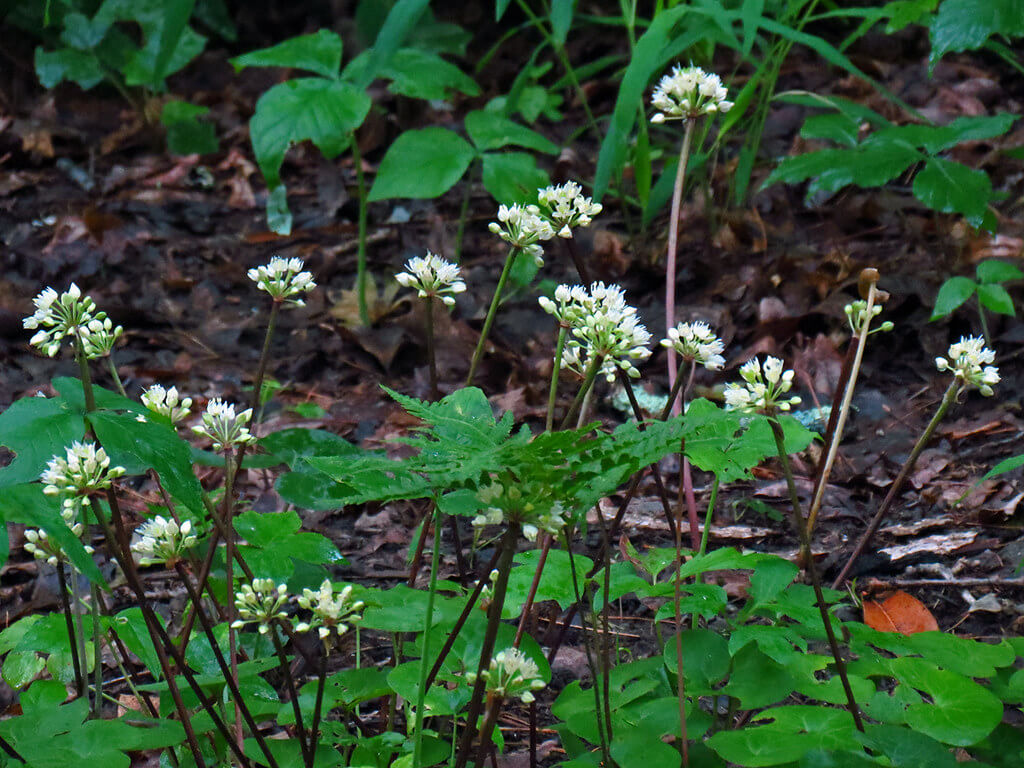
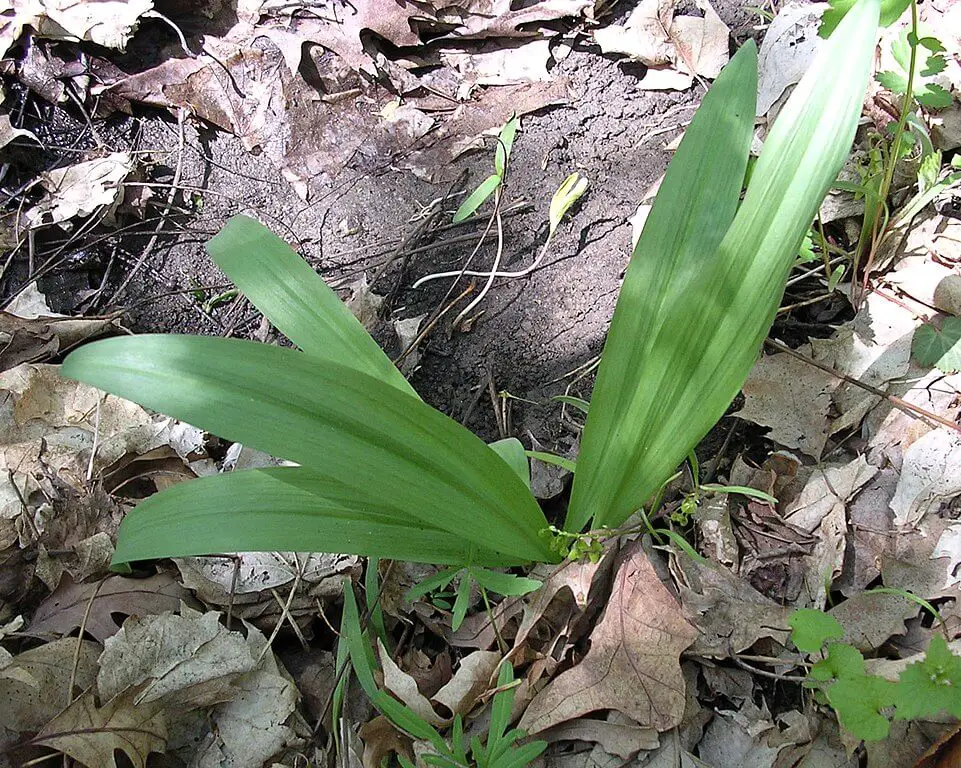
What is the difference between a leek and a wild leek?
Leeks (Allium porrum) and wild leeks (Allium tricoccum) are related plants both belonging to the Allium species (Alliaceae), the onion family.
Leeks are a cultivated vegetable that has been grown for culinary use. They are typically larger than wild leeks and have been bred to have a milder, sweeter flavor.
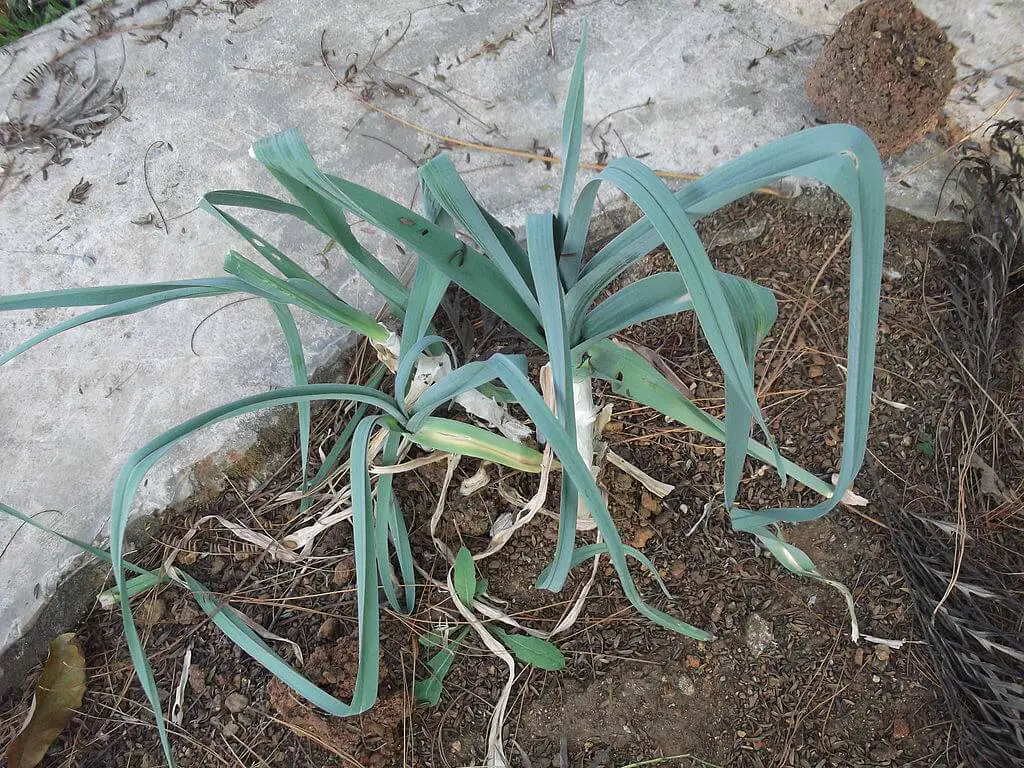
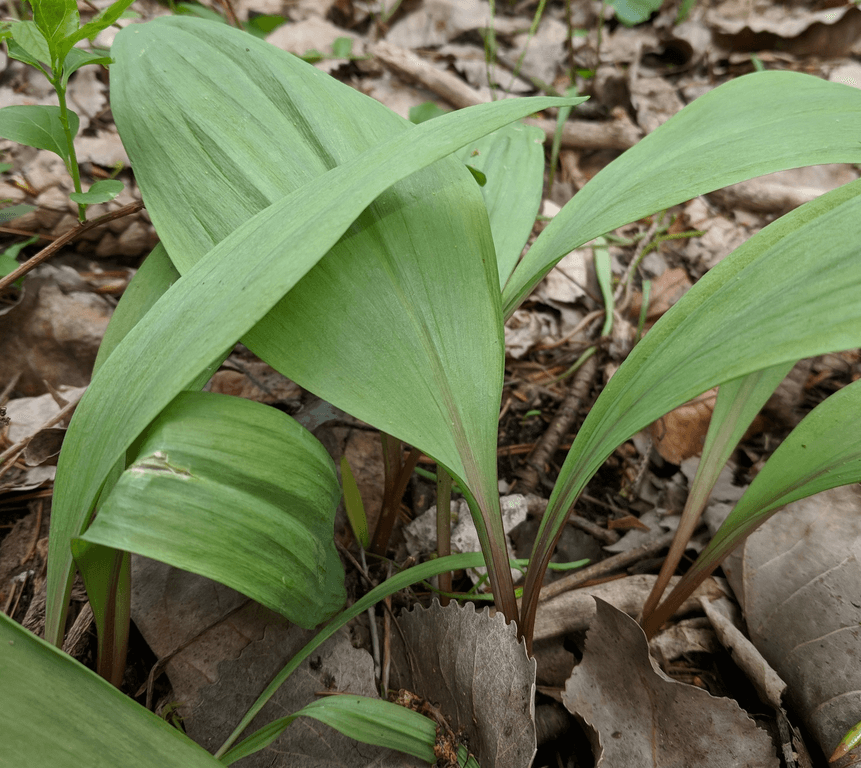
What is the difference between wild garlic and wild leeks?
Wild garlic (Allium ursinum) and wild leeks (Allium tricoccum) are both wild edible plants that belong to the Allium genus and have a strong onion-garlic flavor.
While both plants are edible and have similar flavor profiles, they are distinct species with their own unique characteristics.
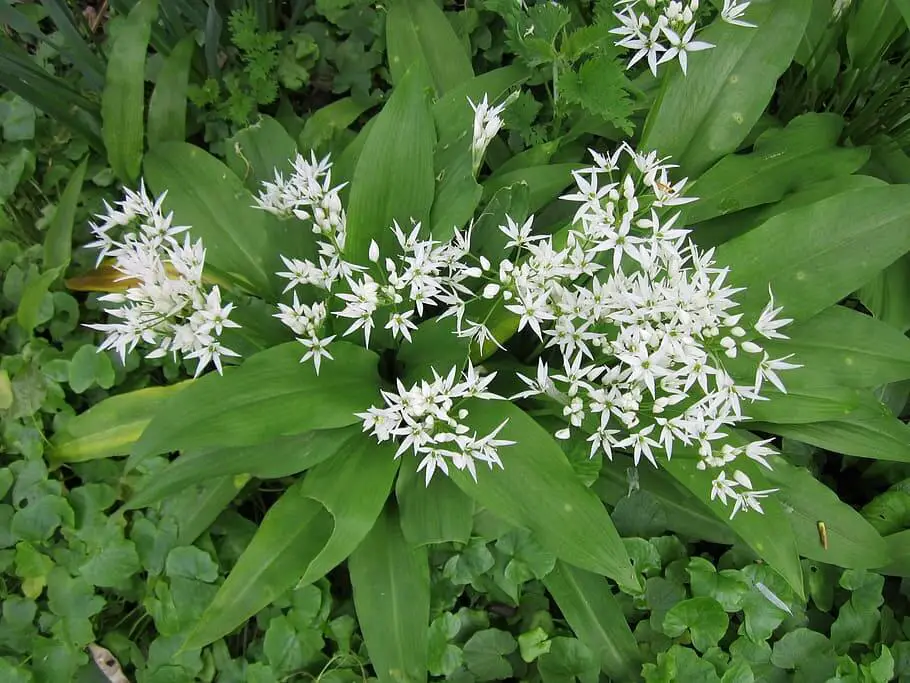
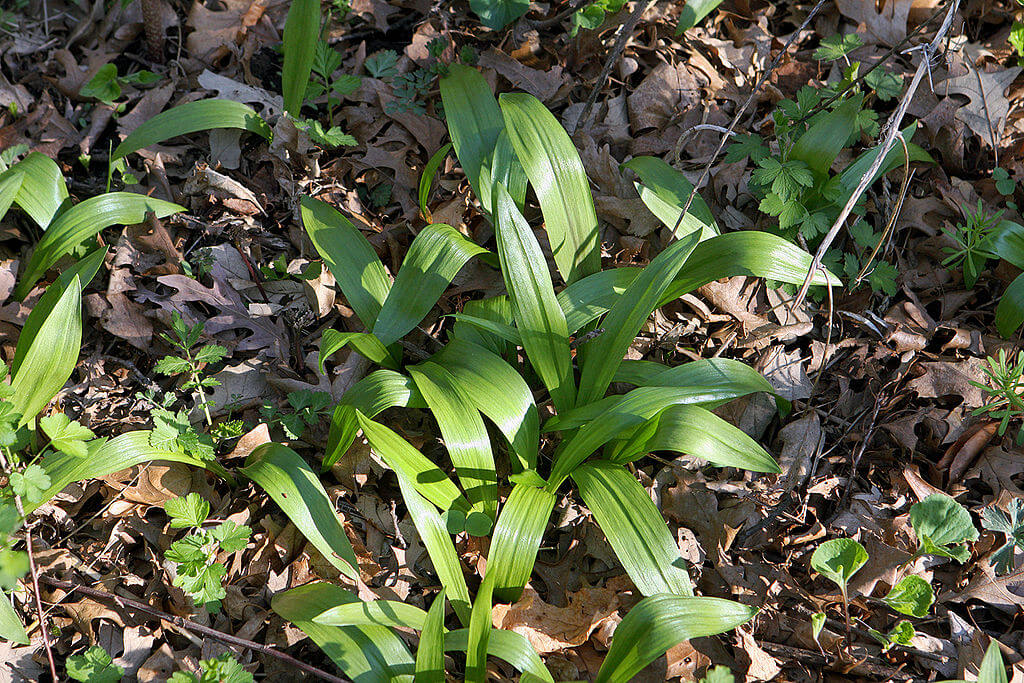
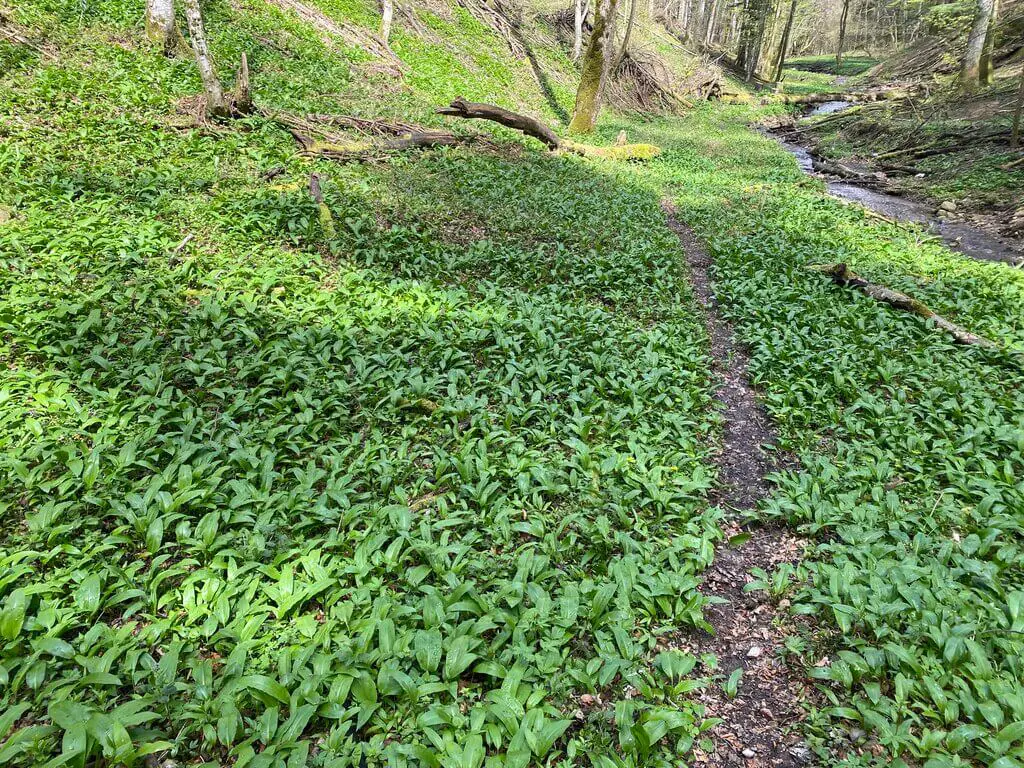
How do you find wild leeks: Our Foraging Tips
Wild leek is a native plant in North America (USDA hardiness zones 3-7). Here are some tips to help you find wild leeks:
Season:
- They are one of the first plants to emerge in the spring, usually in April or early May, before the trees fully leaf out.
Wooded Areas:
- Look for wild leeks in wooded areas, especially along stream banks, in low-lying damp areas, and on slopes where moisture accumulates.
Leaf Appearance:
- Wild leeks have broad, flat, lance-shaped leaves that resemble lily-of-the-valley leaves but are larger.
Smell:
- When you crush or rub the leaves or bulbs of wild leeks, they emit a strong onion-garlic aroma. The scent is one of the most distinctive characteristics of wild leeks.
Look for Clusters:
- Wild leeks often grow in clusters or patches, so if you find one plant, there’s a good chance you’ll find more nearby.
When foraging for wild leeks, practice ethical and sustainable harvesting. Only take what you plan to use, leaving behind enough plants to allow them to reproduce and maintain healthy populations.
Wild Leeks: Toxic Lookalikes To Be Aware Of
While wild leeks are safe to eat and have a distinctive onion-garlic flavor, there are a few toxic plants that may resemble them, especially in their early growth stages.
- Lily-of-the-Valley (Convallaria majalis):
- Lily-of-the-valley leaves can resemble young wild leek leaves, but they are generally smaller and more delicate.
- Lily-of-the-valley does not have the characteristic onion-garlic scent of wild leeks.
- Lily-of-the-valley produces bell-shaped, fragrant white flowers, which wild leeks do not have.
- False Hellebore (Veratrum species):
- False hellebore is a highly toxic plant that can be found in similar habitats to wild leeks.
- Its leaves are larger and broader than wild leek leaves, with deeper indentations and a different texture.
- False hellebore has a distinct spike-like inflorescence with greenish-yellow flowers, unlike wild leeks.
- Autumn Crocus (Colchicum autumnale):
- Autumn crocus leaves can resemble wild leek leaves, but they lack the characteristic onion-garlic scent.
- Autumn crocus produces crocus-like flowers that are pink, purple, or white.
- Star-of-Bethlehem (Ornithogalum umbellatum):
- Star-of-Bethlehem leaves can resemble wild leek leaves, but they usually have a different arrangement and growth pattern.
- Star-of-Bethlehem does not emit an onion-garlic scent when crushed.
- The plant produces star-shaped white flowers.
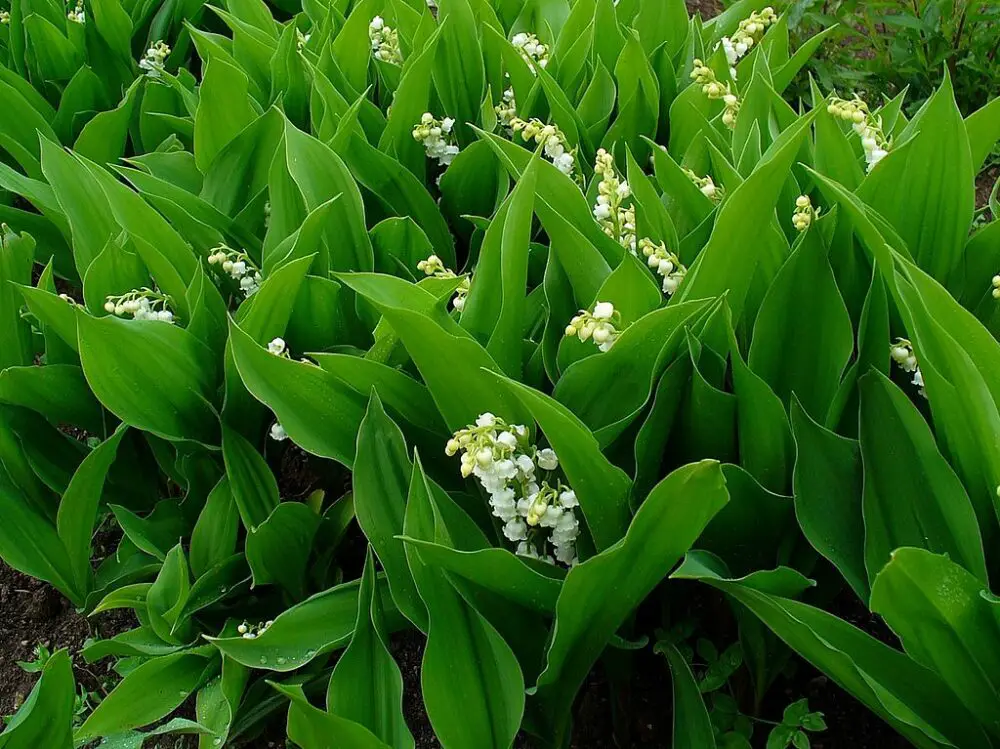
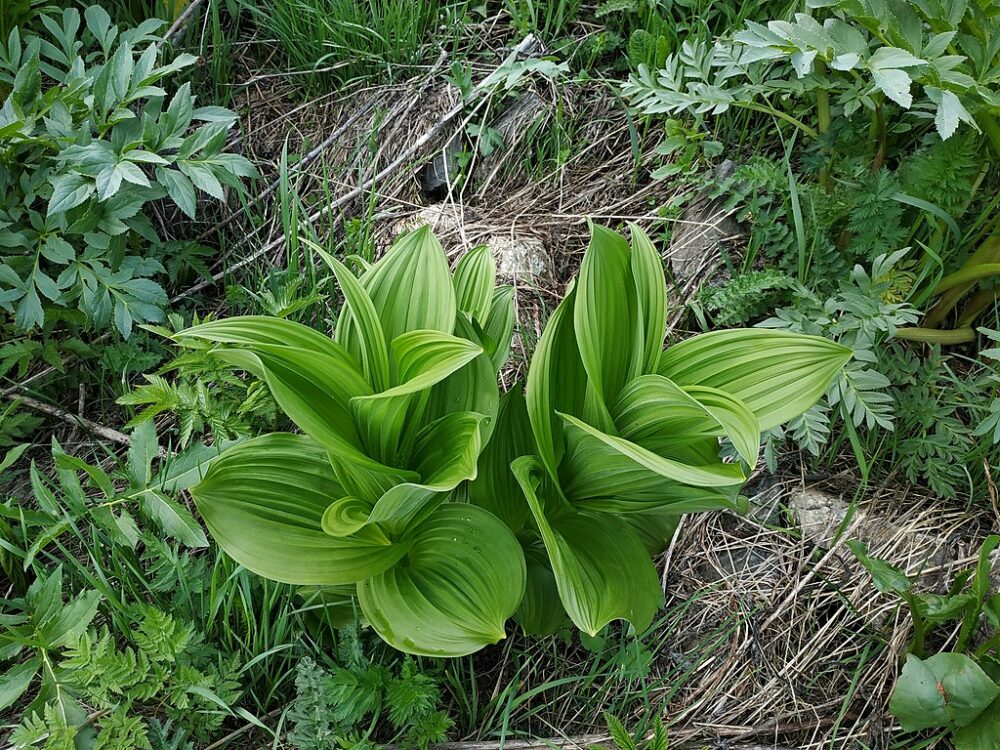
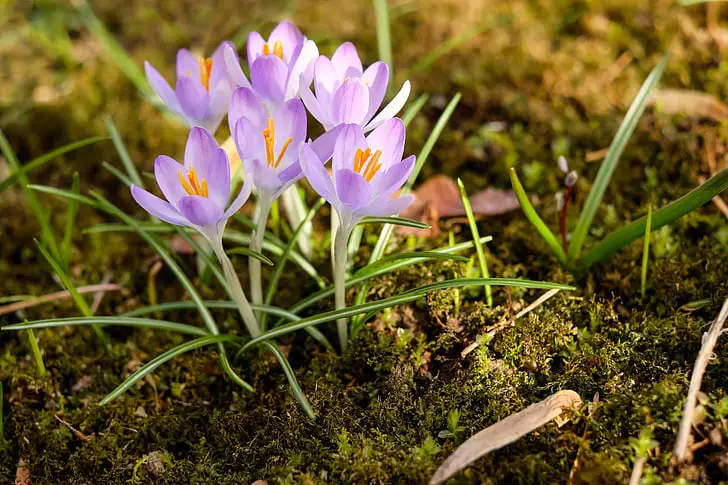

How Do You Eat Wild Leeks?
Wild leeks have a unique onion flavor profile that combines the savory and slightly sweet notes of onions with the pungent and aromatic qualities of garlic.
- Raw: You can enjoy wild leeks raw by using the tender leaves in salads or as a garnish for various dishes.
- Pesto: Create a wild leek pesto by blending chopped wild leek leaves with nuts, olive oil, Parmesan cheese, and a touch of lemon juice. Use the pesto as a sauce for pasta, roasted vegetables, or as a spread for sandwiches.
- Soups and Stews: Wild leeks can be added to soups, stews, and broths to infuse them with their rich flavor. They work particularly well in potato soups or creamy vegetable soups.
- Sautéed or Stir-Fried: Sauté or stir-fry chopped wild leeks with other vegetables or proteins. They can be a flavorful addition to omelets, frittatas, or stir-fry dishes.
- Pickled: Preserve the unique flavor of wild leeks by pickling them. Pickled wild leeks can be used as a tangy and flavorful condiment.
- Flavoring: Use chopped wild leeks as a seasoning in a wide range of dishes, from scrambled eggs to roasted meats. They can add a distinct and aromatic twist to your culinary creations.
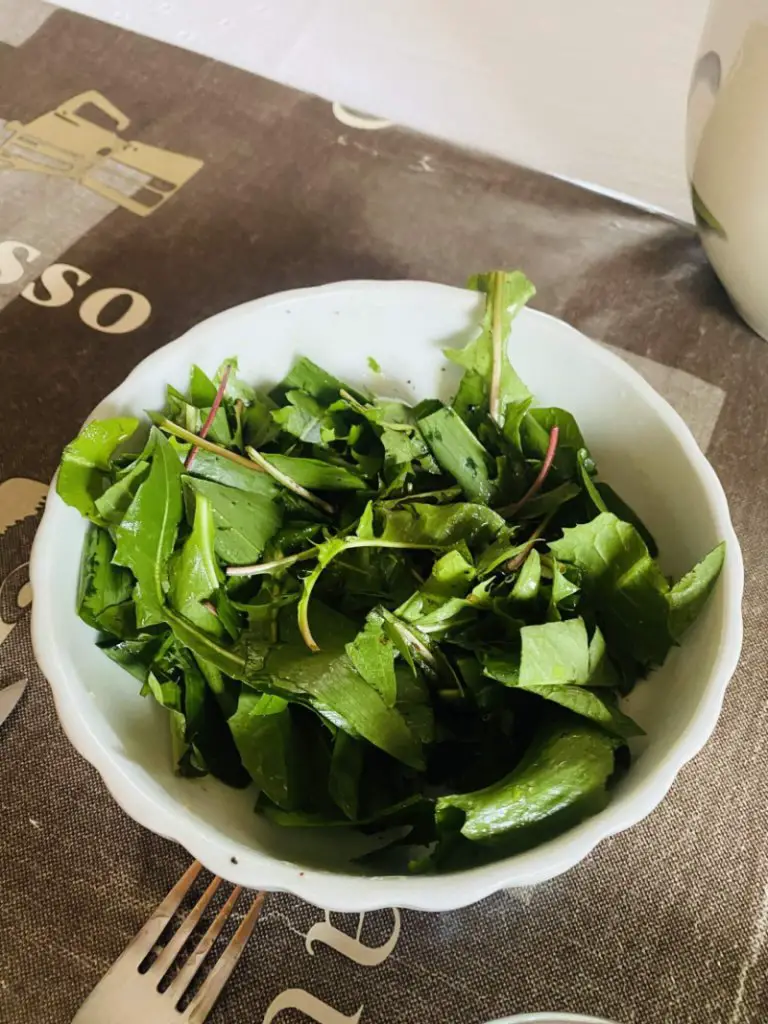
Interested in other delicious, wild-foraged plants that you can add to your salads? Try these:
How long do wild leeks stay fresh?
Wild leeks have a relatively short shelf life compared to some other vegetables.
- If you plan to use wild leeks within a few days, store them in the refrigerator. Place them in a plastic bag or airtight container to prevent them from drying out.
- If you want to extend the freshness of wild leeks beyond a few days, consider preserving them by freezing or pickling.
What to read next: Can You Eat Ostrich Fern?
Ana has always been interested in all things nature and flora. With her expertise in home gardening and interest in foraging, she has been spending her weekends and free time looking for edible native plants, flowers, and fungi. One of her many hobbies includes testing new savory and sweet recipes, juices or teas made from freshly picked plants, wild fruits, or mushrooms.

